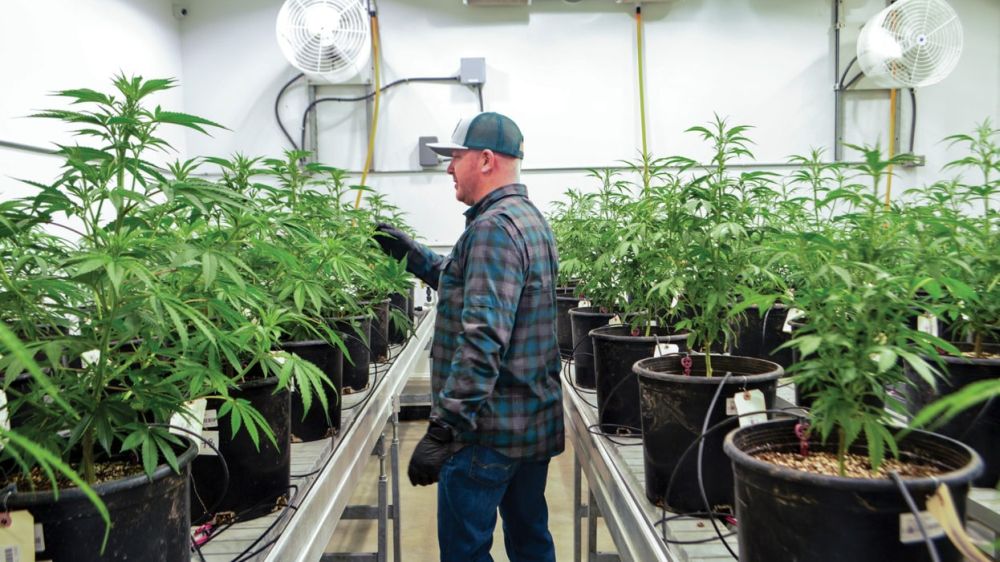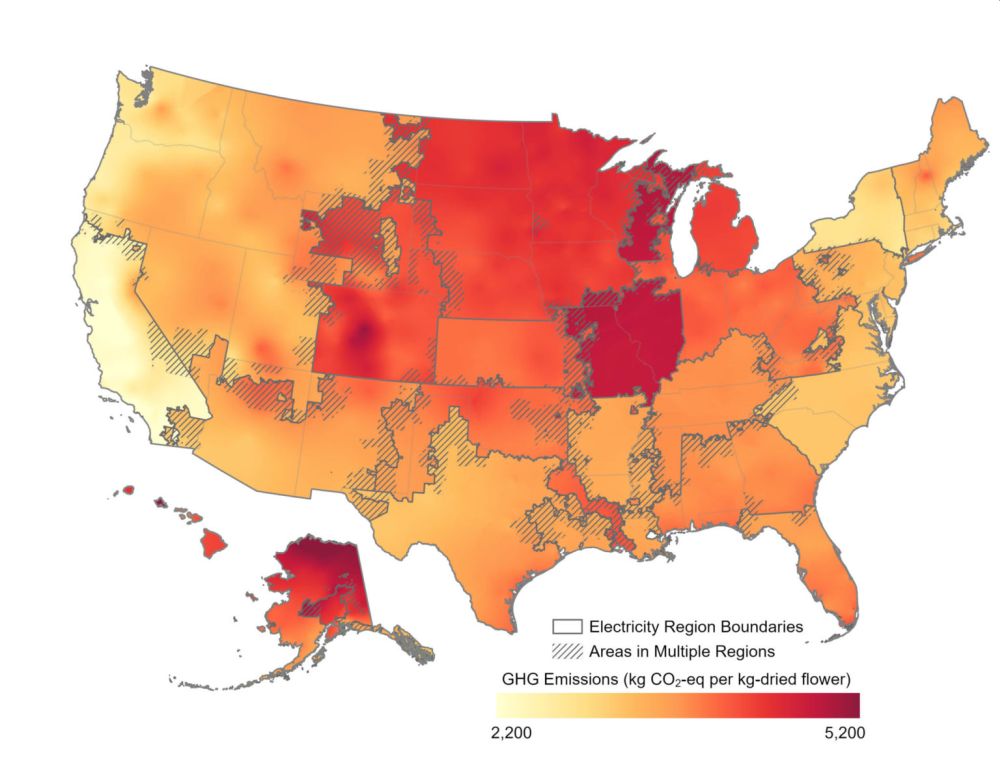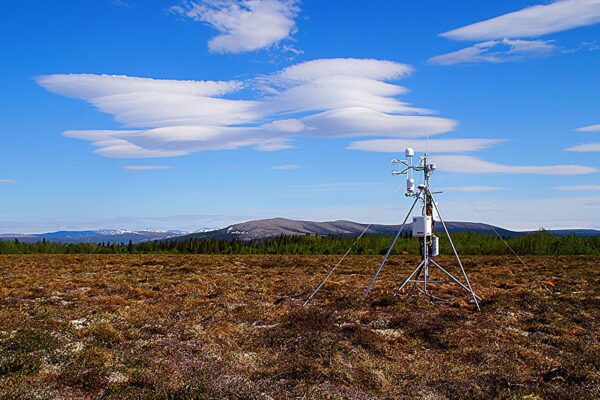Excessive Indoor Cannabis Production in the US has led to Massive Carbon Footprint
In the United States, the cannabis industry is flourishing as various states legalize its use for many purposes. The psychoactive drug has been promoted as the upcoming ‘business boom’ that has both medicinal and recreational uses. Even with the industry becoming extremely popular, its environmental impacts have long been neglected and barely studied. However, researchers from Colorado State University have revealed that excessive indoor cannabis production in the US has led to a massive carbon footprint.

According to new research, excessive indoor cannabis production in the US has led to a massive carbon footprint | Image: Mary Schmidt
The new study, published in the journal Nature Sustainability, provides a detailed account of the carbon footprint of the cannabis industry in the form of greenhouse gas emissions from commercial, mostly indoor production. The results show that indoor cultivations of cannabis result in huge amounts of carbon emissions fluctuating from 2,238 and 5,184 kilograms of carbon dioxide per kilogram of dried flowers.
According to Hailey Summers, the graduate student leading the study,
We knew the emissions were going to be large, but because they hadn’t been fully quantified previously, we identified this as a big research opportunity space.
Presently, 36 states in the US have permitted the medical use of cannabis, and 15 have legalized its recreational use. For the study, the team performed a life-cycle assessment of indoor cannabis cultivations across the United States. This technique evaluates the environmental impact of the various phases a marketable product goes through during the production process.

The life cycle greenhouse gas emissions from indoor cannabis cultivation, modeled across the US | Image: Hailey Summers/Colorado State University
The use of energy and materials in plant growth were analyzed and checked the resultant greenhouse gas emissions. According to the 2018 Cannabis Energy Report, compared to the massive carbon emissions from indoor cannabis production, emission from outdoor and greenhouse cannabis growth are 22.7 and 326.6 kilograms of carbon dioxide, respectively.
While this data indicates a substantial difference between the numbers, it is vital to note that the Energy Report largely considers electricity usage for studying greenhouse gas emissions, while the present research was a wide-ranging lifecycle calculation. The problems related to the high energy consumption of cannabis are not just limited to its production, but to the way the end product is regulated.
In Colorado, the first state to legalize cannabis in 2012, many cannabis production operations are needed to be in the vicinity of retail stores. In urban areas such as Denver, this strategy has led to an increase in indoor warehouses that consume high amounts of energy.
The excessive indoor cannabis production in the US has led to a massive carbon footprint, and with this industry’s growth, its carbon emissions are expected to soar as well.


